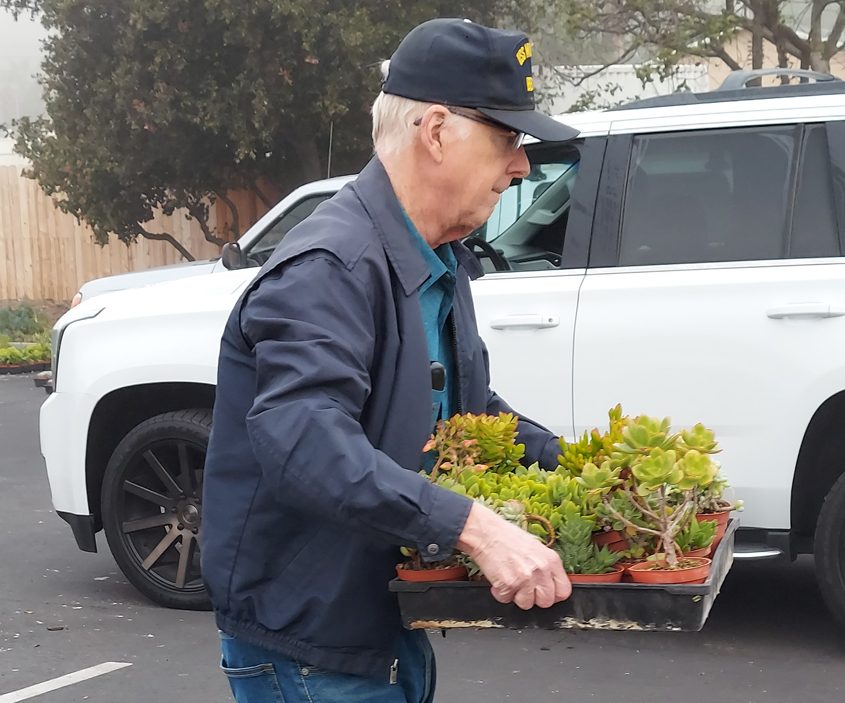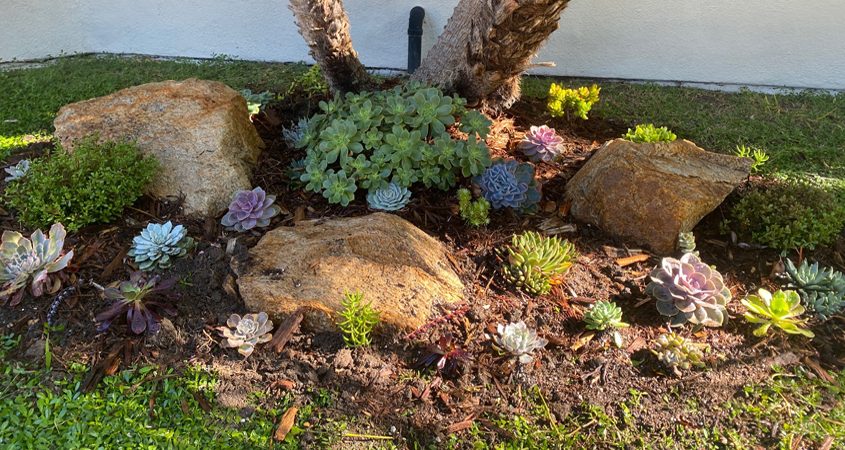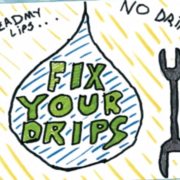Four talented San Diego County student artists from the region’s schools are among 37 Southern California students whose artwork will appear in the 2022 “Water Is Life” Student Art Calendar.
Produced by the Metropolitan Water District of Southern California, the “Water is Life” Student Art Calendar showcases student artwork with imaginative water conservation and water resource stewardship messages. Students in grades K-12 submit artwork through participating member agencies after winning their local competition.
The four regional winners were invited to participate in a virtual award ceremony for all students, their families, and teachers to honor their achievements on December 6.
MWD Board Chairwoman Gloria D. Gray told the students, “We’re amazed every year at the beautiful artwork we receive with moving messages that compel us to cherish and protect our precious water supplies. Every day next year, this calendar will remind us how precious water is. In your artwork, I see the future generation of leaders. You have the power to bring about change.”
Winning students from the San Diego region
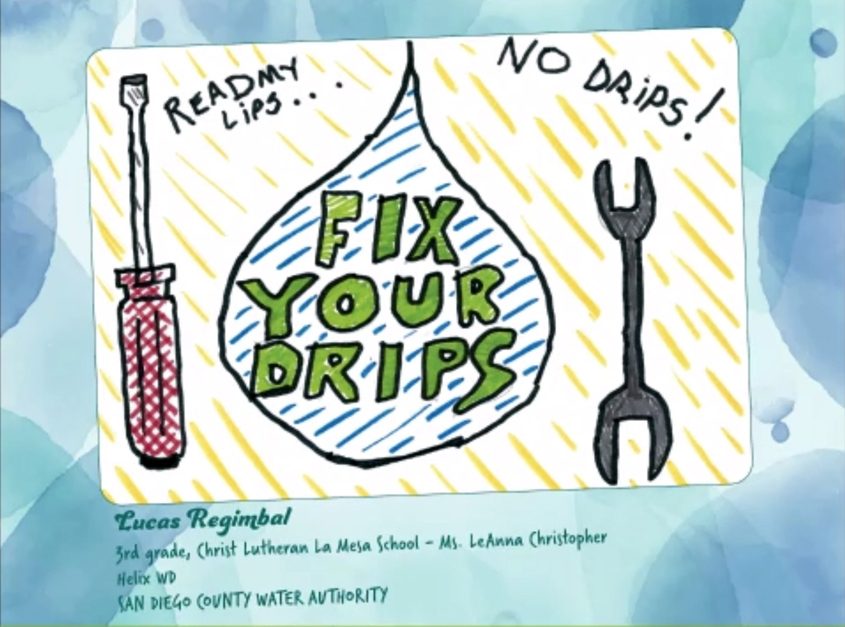
Third-grade student Lucas Regimbal is the youngest representative from San Diego County in the “Water Is Life” 2022 calendar. Photo: Metropolitan Water District of Southern California
Third-grader Lucas Regimbal from Christ Lutheran La Mesa School in Helix Water District explained his message. “I think there are so many big things to do to save water and conserve. But there are also many little things we can do as well. A lot of little things come up to some very big things. By fixing drips, each home or business can save hundreds of gallons of water per year. That means a lot if lots of families and business did this one little thing.”
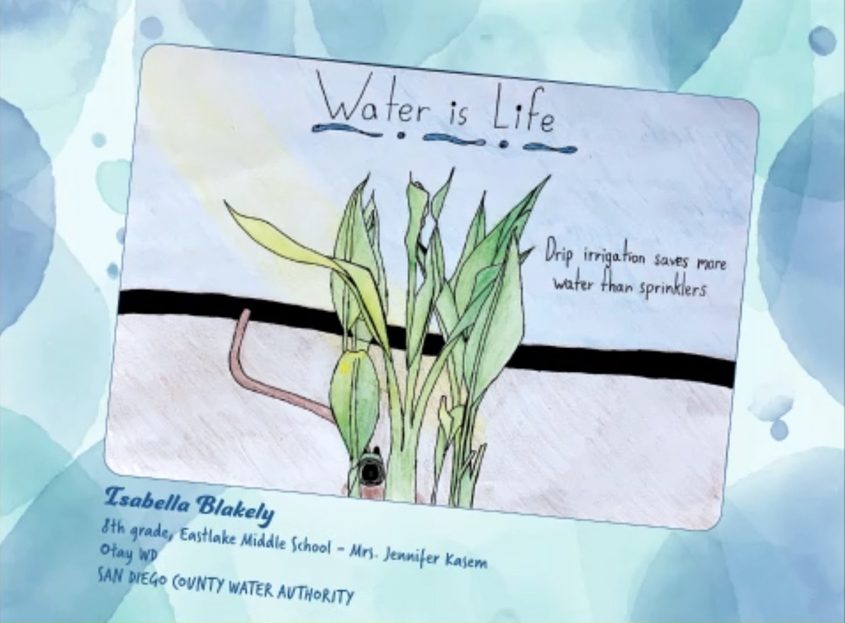
Eighth-grade student Isabella Blakely brought drip irrigation to life as a symbol of conservation. Photo: Metropolitan Water District of Southern California
An eighth-grader at Eastlake Middle School in the Otay Water District, Isabella Blakely took inspiration from the drip irrigation in her backyard garden at home.
“My family has always conserved water,” said Blakely. “We have a drip irrigation system in our backyard. I’ve always had a love for plants and animals. I wanted to show that through my drawing by drawing a plant.”

Yaricia Hernandez used a bold caption to call attention to her artwork’s message. Photo: Metropolitan Water District of Southern California
Yaricia Hernandez, a fourth-grader at Rio Seco School in the Padre Dam Municipal Water District, turned the Earth into a water spigot running dry. Her bold graphic caption for the 2022 calendar reads, “No Water, No Plants, No Oxygen, No Life.”
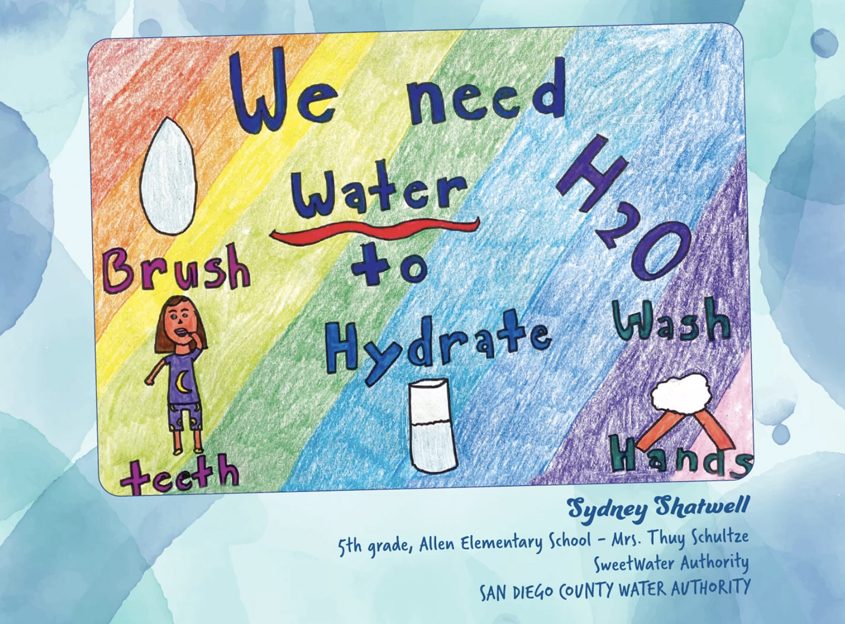
Sidney Shatwell illustrated good health practices that rely on safe, clean water. Photo: Metropolitan Water District of Southern California
Fifth-grade student Sidney Shatwell at Allen Elementary School represented Sweetwater Authority with her artwork depicting the critical importance of water in everyday good health practices such as brushing your teeth, washing your hands, and staying hydrated.
Adel Hagekhalil, MWD general manager, praised the efforts of the student artists.
“I’m so grateful seeing the work you have done and how you’re sending the message. Our future is in good hands with you,” said Hagekhalil. “Thank you for leading the way in making our future for water resilient, sustainable, and affordable for everyone. It was a bright day when I looked at your pictures.”
Conservation message delivered through artistic talent
The “Water is Life” Student Art Calendar was initially created 33 years ago. It curates student art submitted from grades K through 12, carrying a vital conservation message about the importance of water.
For the 2022 calendar, 216 entries were submitted by 26 regional water agencies. The annual calendar is distributed to 13,000 recipients each year.
(Editor’s note: The Helix Water District, Otay Water District, Padre Dam Municipal Water District and the Sweetwater Authority, are four of the San Diego County Water Authority’s 24 member agencies that deliver water across the metropolitan San Diego region.)


